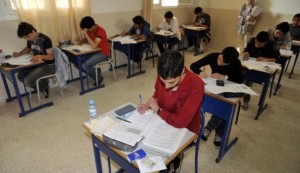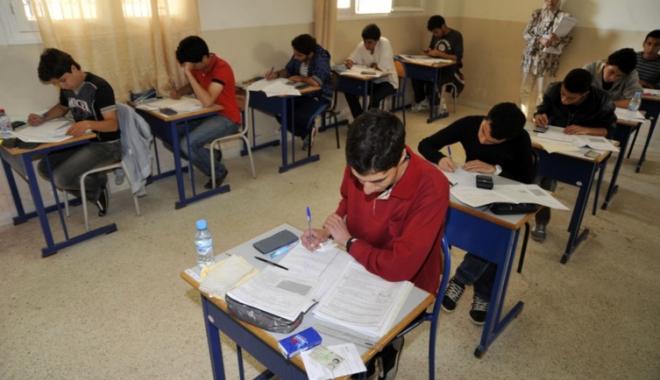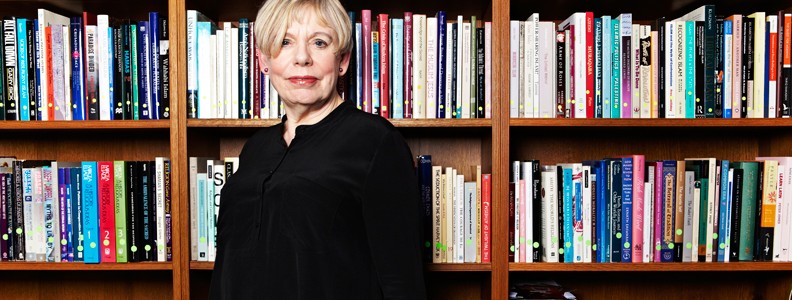
Rabat, Morocco (TMT)- The National Council for Human Rights has warned that access to education in Morocco faces challenges due to a dichotomy between the public and private education sectors and an imbalance between them. The report’s findings paint a grim picture of the actual state of education in Morocco. It underscores the need for urgent action to address the gaps in primary education in Morocco.
In its annual report on the human rights situation in Morocco in 2022, the council explained that this duality “remains the predominant feature of many economic and social rights, and poses real challenges with regard to equality, quality, fairness, and equal opportunities among all learners from different segments of society, and it puts the role of public schools, as a social elevator and a mechanism for correcting inequalities, more than ever before, in jeopardy.”
The report noted that 2022 saw the launch of a new project to reform education according to a roadmap that extends from 2022 to 2026, “at a time when the Moroccan education system is still plagued by structural problems,” which have been diagnosed in several reference documents. The report indicated that the 2015-2030 strategic vision for reform had confirmed that the Moroccan education system suffers from phenomena such as overcrowding, school dropout, and rampant violence in and around schools, as well as weak educational supervision, in addition to weak scientific production and its weakness in Moroccan universities due to various reasons, including financial ones and the quality of human resources.
The report also stated that although the Moroccan school system recorded a 99.7 percent increase in the enrollment rate for children aged 6 to 11 during the 2018-2019 academic season, this number “obscures a painful reality that is manifested in school dropout, which has reached 331,558 during the 2021-2022 academic season, an increase of more than 27 percent compared to the 2019-2020 academic season.”
Regarding primary education, the report highlighted that statistics show a significant disparity in access according to gender and place of residence. The National Council for Human Rights had emphasized the importance of the success of the strategy for universalizing primary education in improving the education and training system as a whole and reducing school dropout and absenteeism in its 2020 annual report.
However, the report added that “this strategy has not yet been able to overcome the challenges of disparities in access to education in rural areas and for girls, as well as the problems of the quality of the educational process, which still suffer from a lack of supervision and control over its quality.”
The report also examined the state of primary education in Morocco, revealing a concerning picture. Specifically, the Learning-Adjusted Years of Schooling (LAYS) index highlighted that Moroccan students receive only 2.6 years of actual learning, a fraction of the 11 years offered in advanced countries.
Compounding this issue is the inadequate school infrastructure. Basic facilities such as electricity, drinking water, and sanitation are severely lacking, with rates of deficiency reaching 4.5%, 15.8%, and 56.1%, respectively. These factors, coupled with others, significantly contribute to the low quality of education in Morocco, and are also closely associated with the issue of school dropout, particularly for girls in rural areas.
The Moroccan Times.




